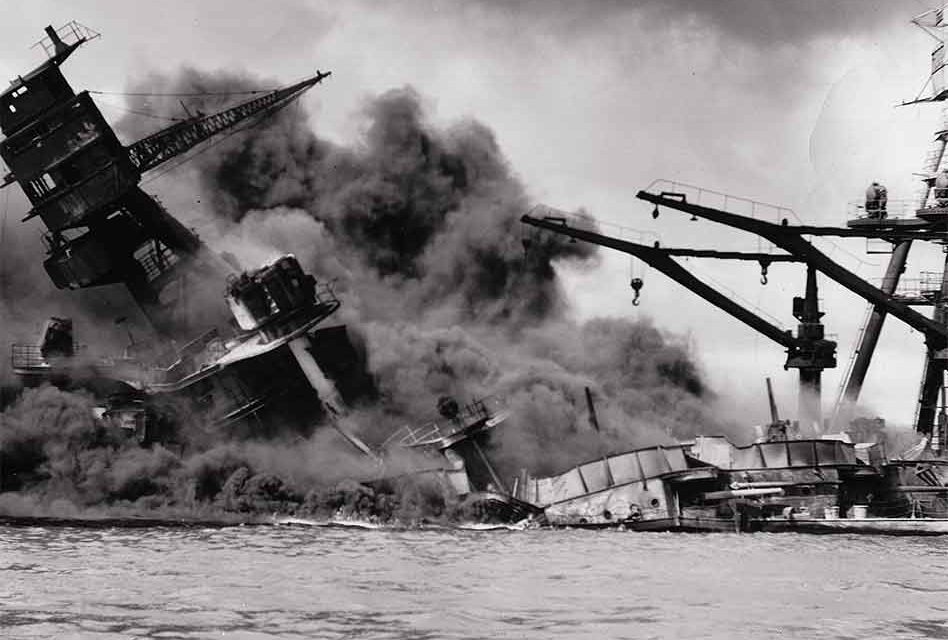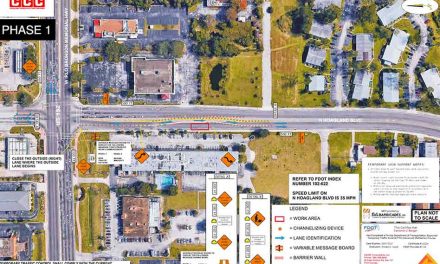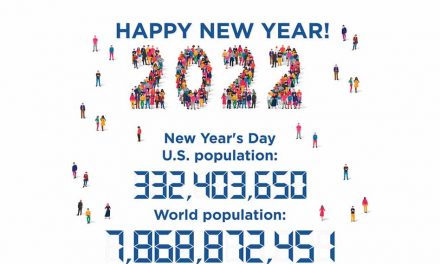Today marks the 78th anniversary of the Japanese attack on American troops at Pearl Harbor, Hawaii. The second deadliest attack in the history of the United states.
It all took place at 7:50 a.m. on Sunday, Dec. 7, 1941, with Japanese aircraft suddenly and secretively appearing in the air over Pearl Harbor. Within two hours, there were 2,403 were dead, 18 ships either heavily damaged or at the bottom of the harbor, two U.S. Navy battleships, the USS Arizona and the USS Utah sunk and 180 aircraft were demolished. 1,177 of the dead came from the USS Arizona alone. The wreckage of which now serves as the main memorial to the incident.
It was the deadliest attack in our nation’s history, until 911 took place. There were also 1,143 wounded, including 710 Navy, 69 Marines, 364 Army and 103 civilians.
Many say that the attack at Pearl Harbor was the catalyst for America entering into World War 2.
Until the raid, the U.S. had hesitated to join World War II, which had started on Sept. 1, 1939, after Germany invaded Poland.
Pearl Harbor reversed all that, with Congress issuing a declaration of war after Roosevelt’s speech on Dec. 8, 1941.
The Japanese later surrendered after the United States bombed Hiroshima and Nagasaki with nuclear weapons on August 6, 1945, and August 9, 1945, respectively.
On Aug. 23, 1994, Congress designated Dec. 7 as National Pearl Harbor Remembrance Day, according to the National Park Service.
In honor of the anniversary, all flags should be lowered to half staff at sunrise and raised at sunset; flags that cannot be lowered respect for the day can be shown by tying a black ribbon or cord at the top of the flagstaff.




















